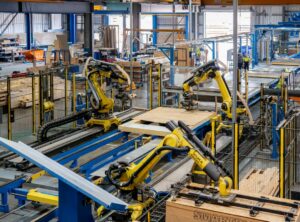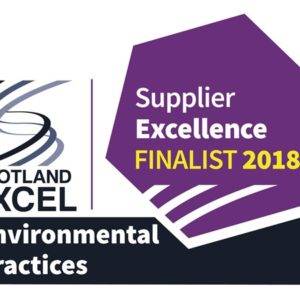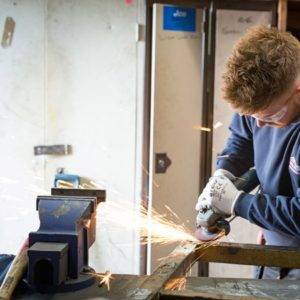Looking for glimmers of positivity in Keir Starmer’s first keynote speech from Downing Street, I heard the words ‘we’ve unlocked planning decisions – because we are going to build 1.5 million new homes.’
While the honeymoon period for our new Government seems to be well and truly over – and the reality of a looming October Budget has kicked in – many of us are clinging on to the positive focus that chancellor, Rachel Reeves, provided back in July, suggesting that housing would be Labour’s number one priority.
Our purpose as a business is to help build positive futures for generations to come, so this pledge to boost the housebuilding sector and deliver more much-needed homes aligns with our vision. It’s promising to hear that, while the coming months will be ‘painful’, the commitment to housing remains.
The challenge will be how we as an industry play our part in delivering this, and how the government can ensure the private sector has the confidence in our housebuilding sector. If Labour is serious about building 1.5 million homes – as they once again have publicly promised – they’ll need public and private sector investment. To stimulate growth, businesses need to invest, be innovative and entrepreneurial rather than fearful of the future. Strong, positive decisions from the top will be needed to enable this this.
Planning is one of the biggest issues in our sector – the time it takes for any development to go through the planning system is prohibitive. But encouragingly, early signs suggest that even the rhetoric of the planning system needing to be addressed has had an impact. There has been an increase in planning approvals over recent months – a promising sign of things moving in the right direction.
To help the government achieve the target of 300,000 homes per year, collaboration will be key, and the homes will need to meet higher standards and sustainability targets. Modern methods of construction (MMC) and offsite timber systems will come into their own, providing a solution to our new government’s ambition, in terms of speed, green credentials and particularly in overcoming the hurdle of skilled labour shortages in the housebuilding industry.
In June, our offsite frame manufacture business, Donaldson Timber Systems (DTS), became the first timber frame manufacturer to offer an independent, accredited environmental product declaration (EPD) for an off-site assembled timber frame wall panel, proving its sustainability credentials.
The figures verify what we’ve been saying for years – offsite timber frame construction is the best way to achieve sustainable building practices and meet net zero targets. If the UK were to build half its target per year in timber frame as opposed to concrete, it would reduce annual carbon emissions by over one million metric tonnes – the equivalent of the fossil fuel generated electricity needed to run 500,000 homes for a year.
Undoubtedly, there will be tricky times ahead. We’ve not seen the uptick in consumer confidence that we’d expected, and both interest rates and inflation forecasts remain uncertain. However, any change will inevitably take time. As an industry we need to look at the three-year impact rather than one year at a time. Yes, the next year might continue to be bumpy, but if Mr Starmer keeps his housing promises, we’ll have a very busy three years ahead. We need to be ready for it.









